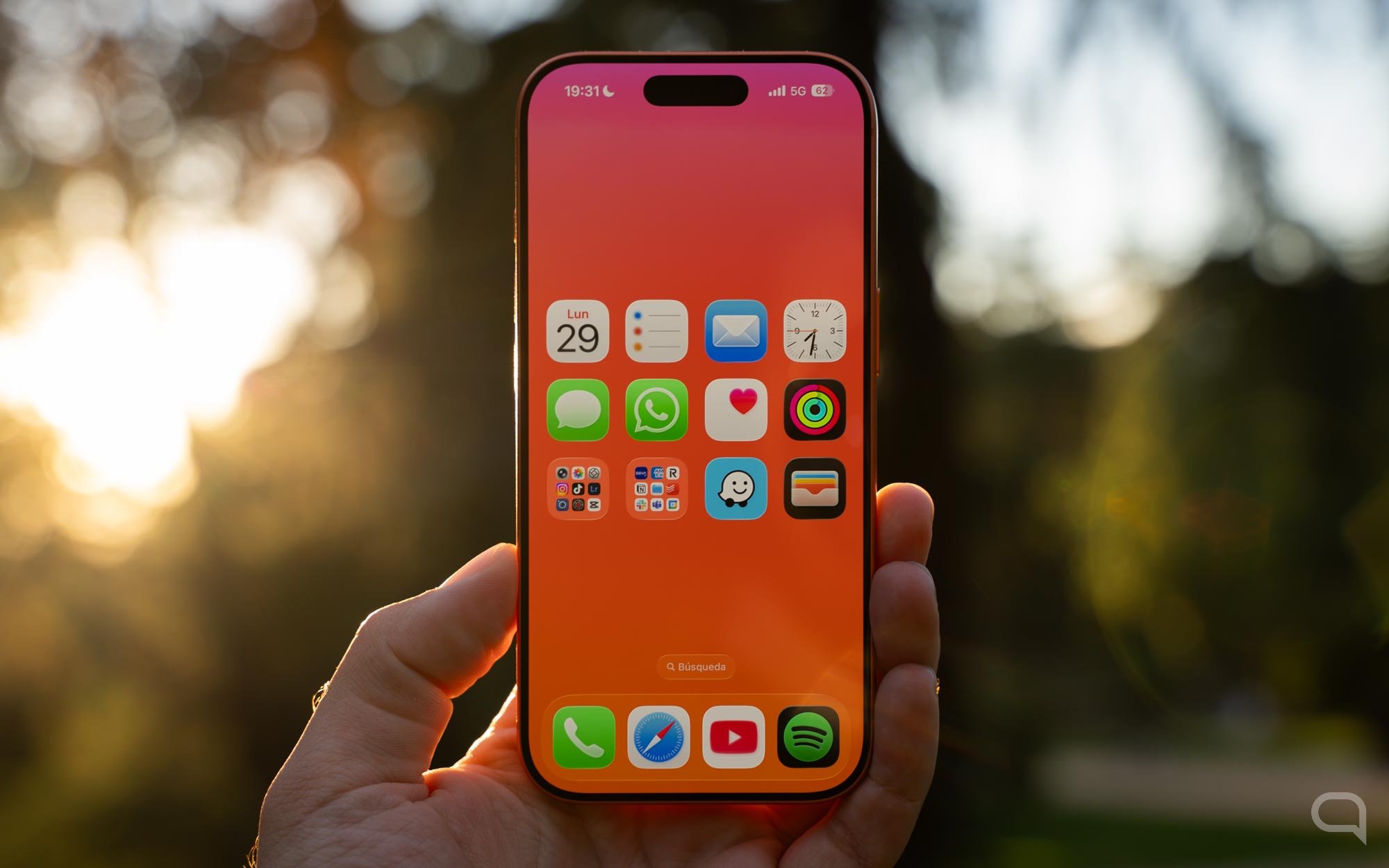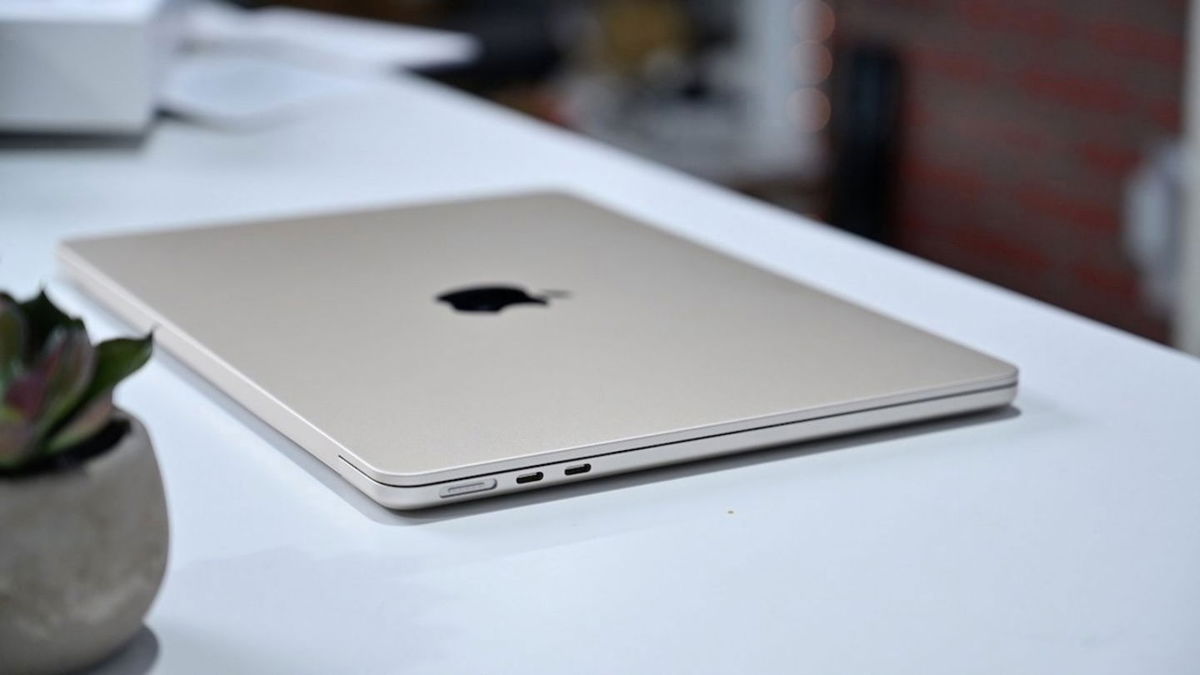Apple’s business is under serious threat new wave of COVID-19 in China now that the government’s strict “zero COVID” measures are beginning to loosen.
The phone maker had to endure a month of utter chaos and testing in the huge factory of its main assembler. foxconnin Zhengzhou, known worldwide as “iPhone City”, following the coronavirus outbreak that began in October.
It’s only been three years since the virus emerged in Wuhan, but the world’s largest company is still reeling from its effects. And the situation is getting worse. Losses are piling up and a month of protests and paralysis due to the outbreak inside the factory could have resulted in losses in excess of $40 billion, it is estimated. bloomberg.
Terrible month for Apple before Christmas
On November 6, Apple issued a statement acknowledging that “COVID-19 restrictions have temporarily affected the main iPhone 14 Pro and iPhone 14 Pro Max assembly plant located in Zhengzhou” and that the plant was operating at “significantly reduced capacity.” And it happened in the most important time of the yearafter the launch of new models and a few weeks before the start of the vital Christmas campaign.
The problems began in October when workers left the factory premises due to fear of COVID-19 or exhaustion of measures. In the absence of staff, they were offered extraordinary bonuses to encourage their return. Some returned, but the leadership broke their promises and a riot broke out, which, to the detriment of the Chinese Communist Party, was broadcast to the whole world thanks to Twitter and Instagram.
This incident provoked a general uprising in the cities of China, caused by the fatigue of a large part of the population due to the harsh anti-COVID measures introduced by Xi Jinping. He decided to ease the restrictions due to the increasingly precarious economic and social situation in the country.
Apple’s revenue will seriously decline in the next fiscal quarter, which is usually the most important for the manufacturer. Production issues don’t hinder sales later when stocks of high-end phones come back in, but Christmas is usually the most auspicious time of the year.
Analysts agree that the company’s revenue this quarter will fall just below the record $123.9 billion achieved in the same period last year, and net income, according to the bank, will fall by more than 8%. This will interrupt a 14-quarter revenue streak as Apple faces a shortage of 5 million to 15 million iPhones.
The stock issue has become evident in Spain, where users have to resort to orders with weeks of waiting or visit stores hoping to find the right model. This situation prompted José Saez-Merino to program @iPhoneStockUKa bot Twitter to check if a new iPhone is in the store. “This year we saw much tighter inventory around Christmas compared to previous years when stocks were already stable on those dates,” says Saez-Merino. “I programmed bot when Apple announced that there would be a shortage of units, and after a short time, I began to receive messages of gratitude from users who had been looking for an iPhone for a long time without success.
But there may be more to come
The problems don’t end there. It’s not just a losing quarter. Easing COVID-Zero measures will lead to new outbreaks of COVID-19 and could lead to labor shortages. In a factory, one positive case can affect phone production for days or weeks, resulting in billion losses.
It should be noted that the government does not allow the import of vaccines developed abroad. In other words, they don’t have the mRNA-based vaccines that experts consider the most effective, for political reasons. In addition, China did not start promoting the vaccination of the elderly until November 2021. Only 70% of people over 60 have all three doses, and only 40% of older people have a full vaccination schedule.
Its strategy to fight the virus based on quarantines and tests has not worked, and infections are expected to increase, jeopardizing food transportation, essential services and the production of goods on which millions of companies depend. In addition, domestic demand could also decline as citizens may refrain from buying luxury goods in the midst of a pandemic that could drive up the price of staples and increase uncertainty. More than 20% of Apple’s iPhone revenue comes from devices sold in China.
Efforts to eradicate the virus rather than adapt to it have left Chinese production lines unprotected. It is very difficult to migrate the production of technology outside of China, since all the factories are there, even those that process the minerals necessary for the production of mobile phones. But an alternative is needed, and major Taiwanese providers such as Foxconn, Pegatron and Wistron are already looking for ways to significantly expand their operations to other countries such as India.
Is there an alternative? Apple has high hopes for Vietnam
As reported Wall Street JournalApple is asking its suppliers to actively plan to assemble Apple products in other parts of Asia, especially India and Vietnam, and is even trying reduce dependence on Taiwanese assemblers such as Foxconn. However, the global economic slowdown and hiring cuts are making it difficult for Apple to assign employees to bring new product technologies, as they call it internally, to new suppliers and countries.
Apple and China formed the perfect marriage that both benefited greatly before the pandemic. Now Apple needs alternatives, but change can’t happen overnight. It is very difficult to produce outside of China. The brand must bring new iPhones to the shelves every month and update its iPad and Macbook offerings. But it will be imperative, and not only because of the management of the pandemic, but also because of the climate of geopolitical tensions and the rapid and profound social changes that can be observed in China.
Young Chinese are no longer willing to work long hours in a factory for low wages and demand higher wages and much better conditions than their parents had. The costs increase significantly, but cannot be passed directly on to the consumer. Apple needs an alternative, but Vietnam, although its industrial capacity is growing, does not have enough population to cover all the production, and there are no such complex and large complexes as Zhengzhou. At the moment, it is not possible to manufacture the iPhone 14 Pro Max in Vietnam, but there are MacBooks that could start being made there.
In India, which has the necessary labor force, there is a lack of proper government regulation and coordination. Apple has had difficulty getting started there because each state is governed differently, and state governments impose obligations on the company before they allow it to start making products there.
Finding an iPhone this Christmas wasn’t easy. But it will be even more difficult to find the necessary sites to replace the decades-old “iPhone city” that has been built to produce one of the most profitable products in history.
Source: Hiper Textual
I am Bret Jackson, a professional journalist and author for Gadget Onus, where I specialize in writing about the gaming industry. With over 6 years of experience in my field, I have built up an extensive portfolio that ranges from reviews to interviews with top figures within the industry. My work has been featured on various news sites, providing readers with insightful analysis regarding the current state of gaming culture.














